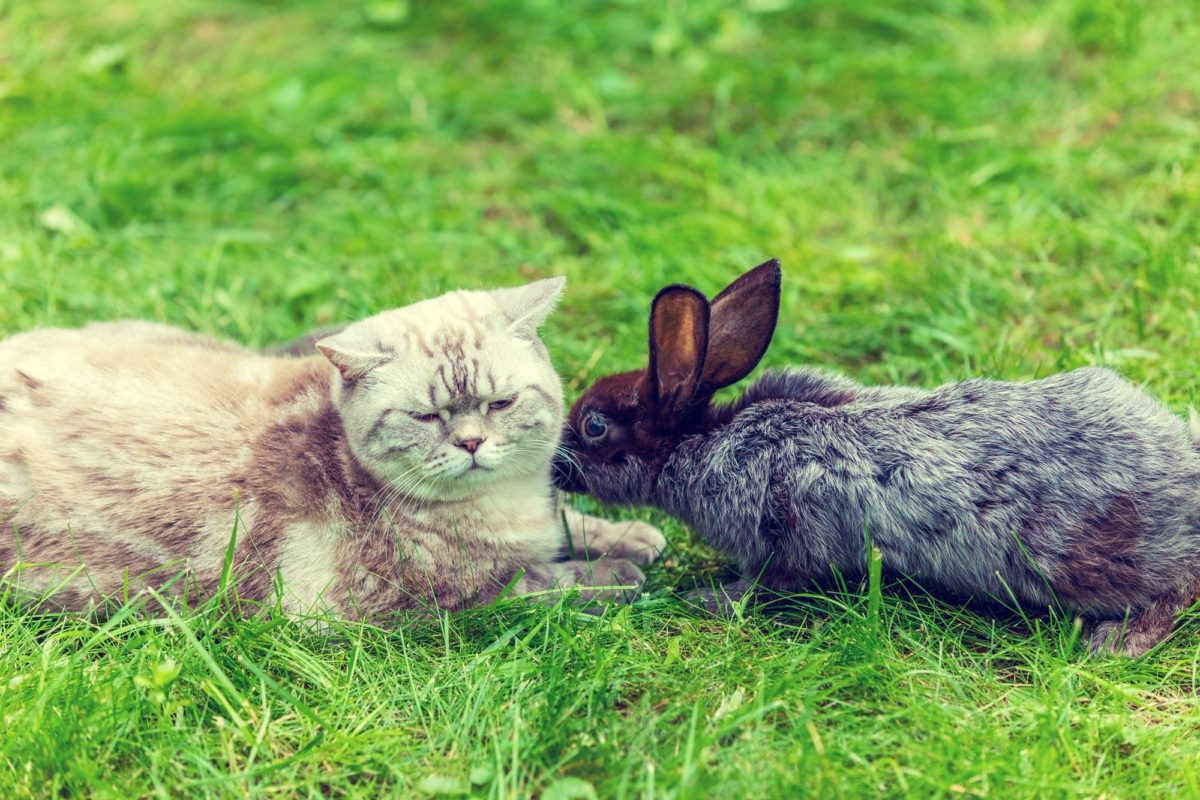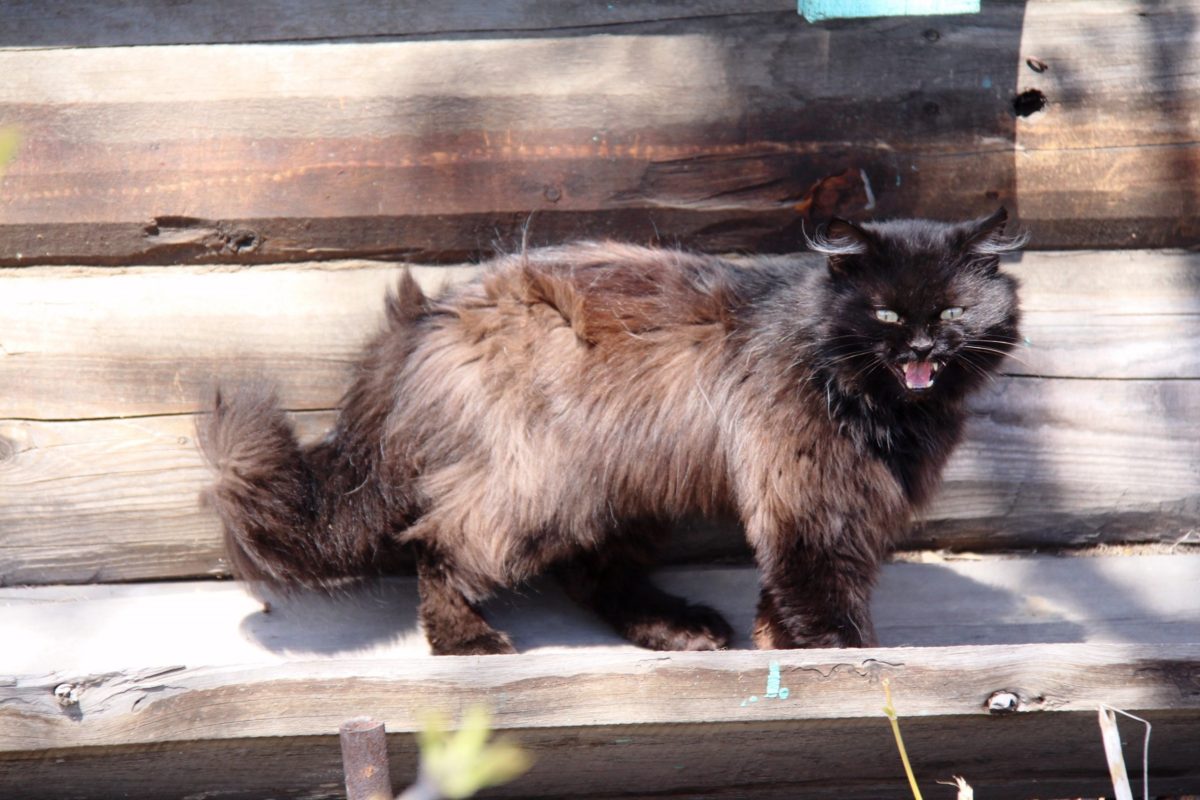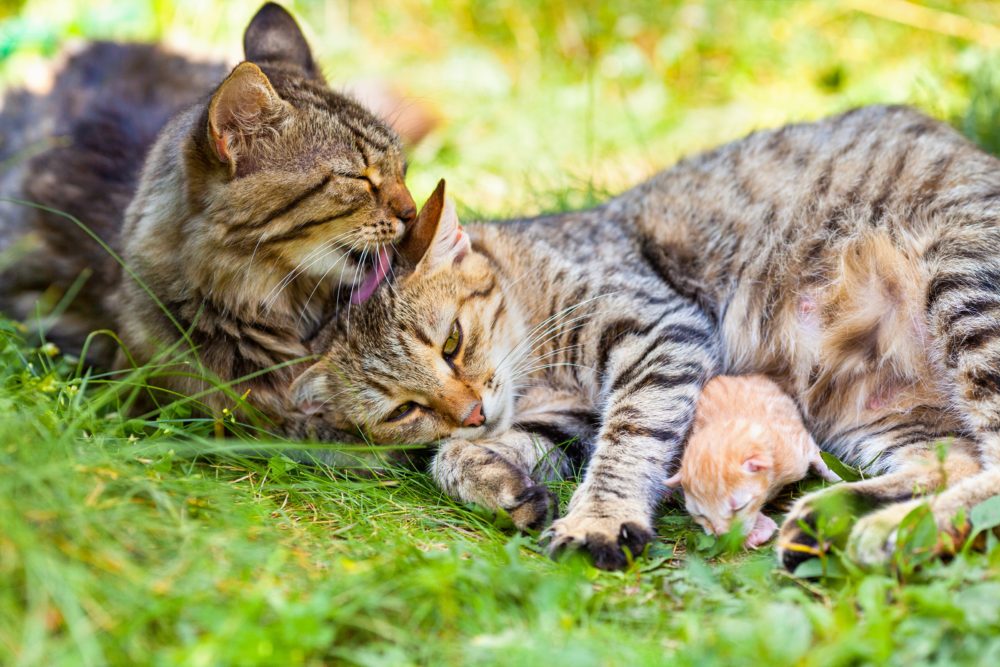
Do cats like to be hugged? Hug your cat day – 4th June
With National hug your cat day on the 4th June, it can be the perfect excuse to give our feline friends some extra hugs and cuddles. Whilst one of our cats, Boo, seems very receptive to this idea, our other cat, Misty, is simply not interested. Do cats therefore like to be hugged and cuddled? Is Misty just being aloof and wanting time on her own? Does Boo simply tolerate hugs or does she genuinely enjoy them? Let’s delve into the world of cats and hugs!
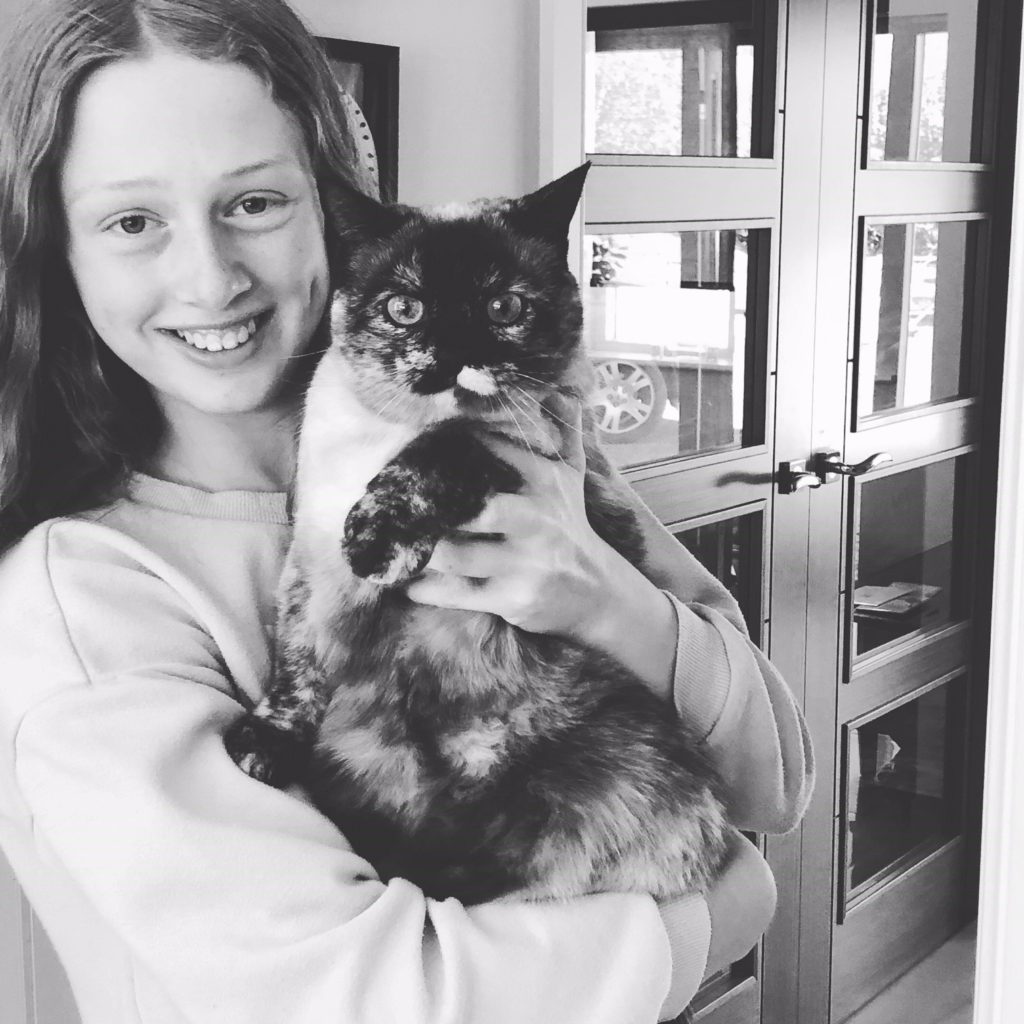
Do cats like to be hugged?
Just like humans, there will be some cats that love to be hugged and cuddled while others will hate it. Generally, cats are a very independent species. They are lone hunters and before being domesticated, they would grow to be self-sufficient once they had reached adulthood – unreliant on parents or siblings, or on a group. But as cats have become a large part of our daily lives they have also adapted to accommodate our human traits too. Many cats are very affectionate and love human interaction including hugs, cuddles and lap times. But for some cats a human constantly chasing them to be hugged and smothered can be a stressful situation.
If your cat is happy is happy to be hugged, she will be purring happily, calm and settled and not trying to escape from you. If this is the case, carry on and enjoy the hugging. But if you are unsure if your cat is happy, look out for the following signs and learn to recognize the communication signals they are giving.
How do cats communicate if they like to be hugged or not?
One thing is certain, if your cat does not like to be hugged, they will not hesitate in communicating this. Signs that your cat does not like a hug include:
- Running away when they see you coming towards them with open arms
- Trying to escape from your hug
- Tensing up
- Snarling or hissing
- Freezing as a response to feeling fearful
- Excessive vocalization
- Hiding
- Dilated pupils
It is crucial that if your cat does not want to be hugged, then simply respect this, and let them be. Even a cat that likes to be hugged may not enjoy the closeness for a long period of time. Once they start showing signs of wanting to leave your arms, let them go. Regular, shorter periods of contact is best. There are many other ways to spend quality time with your cat as we will explore further on in this article.
Best way to hug a cat
If kittens are handled whilst young, then research has shown that they are likely to be more receptive to tactile affection as adult cats. It is best to wait until the kittens are around 3 weeks old. If they are then handled carefully for the next 6 weeks of their lives, with short sessions of regular handing, it increases the chances of them enjoying physical affection into adulthood. Our top tips for giving your cat hugs and cuddles include:
- Do not wake your cat up from a sleep or disturb their mealtime.
- Approach your cat slowly and gently without sneaking up or startling your cat.
- Be gentle whilst lifting and handling your cat.
- Sometimes it is best to simply wait – relax on a nearby chair or floor cushion and let them come to you.
- Talk to your cat in calm, soft tones. They are intuitive animals and will sense any tension or frustration.
- Learn to recognize when your cat has had enough. Respect their decision to simply get up and walk away when they’ve had enough.
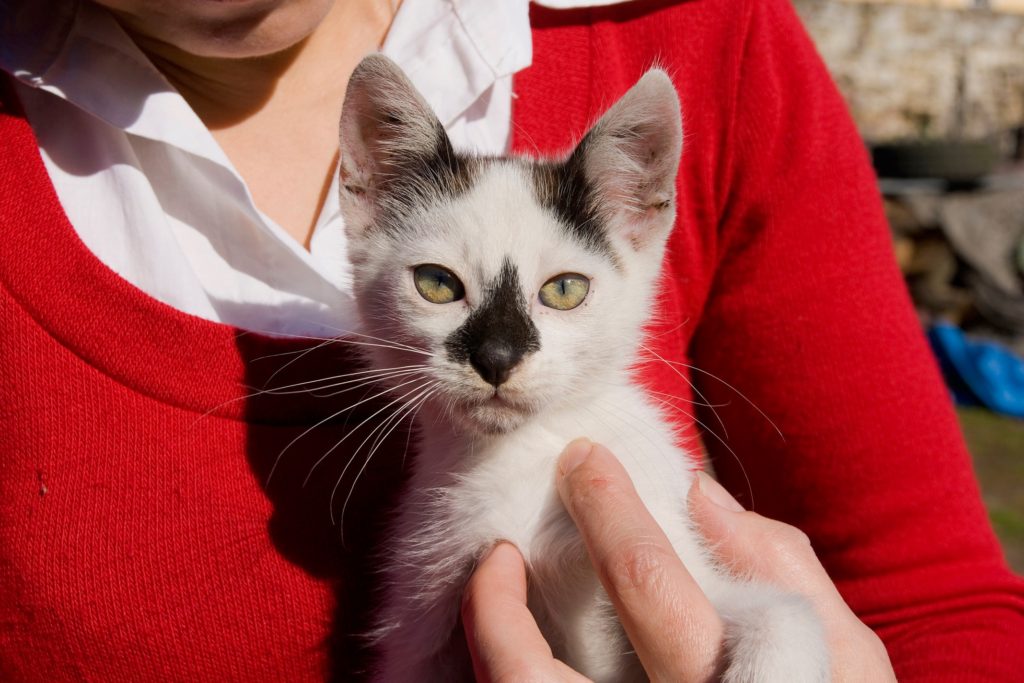
Cat breeds who enjoy hugs
There are some cat breeds who seem to be more partial to physical affection than others. Of course a cats’ individual personality will be a key factor and there will always be the odd kitty who like to defy the norm. But for a cuddly cat who loves some hugs the following breeds are generally more affectionate:
Maine Coon – one of the most lovable, affectionate largest bundles of fluff that you can have! And by large bundles we mean large bundles! This is the largest breed of domestic cat. They can grow up to 18 pounds in weight so ensure you are ready for that much weight of cat to be snuggling into you several times a day.
Siamese – this is a loyal breed and can become very attached to their owners. And they are not shy in being vocal about their needs either. They simply love a cuddle and a chat – what more could a cat and their owner want!
Burmese – an expressive, sociable breed who will appreciate cuddles and snuggles.
Birman – despite their sensitive nature, they will happily spend hours in their owner’s company being stroked, cuddled and also simply being together.
Ragdoll – a breed that has acclimatized well to being indoors. They adore humans and enjoy their company and enjoy being cuddled.
Scottish Fold – a chilled out breed, and generally are very content being lavished with love and stroking all day long.
Tonkinese – a very sociable breed and love to communicate vocally, and plenty of hugging and cuddling.
Sphynx – Whether their cuddly nature is for companionship or for warmth due to their unique hairless makeup is unknown – but nevertheless, close to you is where they long to be.
Persian – These balls of fluff are very gently and calm cats. They enjoy quiet affection and will get on with pretty much any other humans and pets.
Other affectionate breeds include the Bombay, Kurilian Bobtail, Russian Blue and the Cornish and Decon Rex.
Other ways to show your cat your love them
If your cat isn’t one that enjoys being hugged, cuddled or stroked do not despair – there are plenty of other ways to spend quality time together. Things to do together include:
Grooming your cat
Helping your cat with their daily grooming can be a great way to spend time together. It is easy to assume that cats do not need any help with grooming as cats seem to spend a great deal of time grooming themselves. The amount of brushing required to be done by you will depend on the cat – the length of their hair and the age of your cat. Long haired cats will require more brushing than short hair cats. Also, as cats gets older, they may need extra help. Their joints may become a little stiffer, and if arthritis sets in, this can prevent your cat from being able to groom properly. Check out our guide to grooming your cat, Do I need to brush / groom my cat? An introductory guide
Playing games with your cat
Most, if not all, cats will enjoy a mad 20 minutes of play time. Spending a little time every day playing games with your cat will boost your relationship and is a great way to get to know and understand each other better. Check out our article ’18 games to play with your cat’ for guidelines on how to get the most out of playtime with your cat. You will also find plenty of ideas on entertaining your cat through play – many items costing very little or nothing at all.
Spending quality time outdoors
If your cat is an outdoor cat, she will no doubt have her own set of daily activities and adventures to fulfill. Even so, they can still enjoy your company when you are outside with them. This may include sitting in the garden by your side, watching you carry out your outdoor tasks and hobbies, or have a play session in the outdoors.
An indoor cat can still enjoy outside time too. Many cats now go for walks on leashes, enjoy an enclosed garden or have the benefit of a catio built especially for them. All these options and more are explored fully in our article ‘Do indoor cats need outside time?’.
Simply being with them
This can include talking to them, relaxing on the sofa together watching the tv or just simply embracing the stillness and the quietness of the moment.
Slow blinking
If a cat blinks slowly, this is their way of communicating love and affection. Why not try slow blinking at your cat – it is surprising how many will respond by returning a slow blink. You may find our article on cat communication an interesting read – learning to recognize their communication methods will help you understand their needs and desires better and strengthen the bond between you.
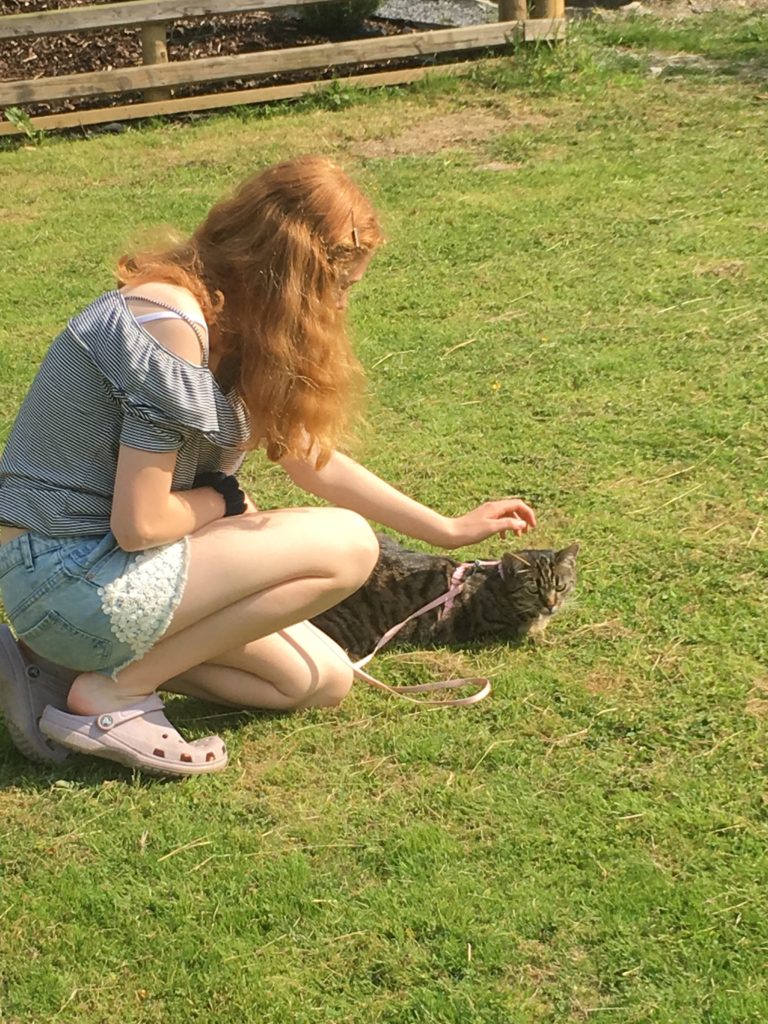
How hugging your cat can benefit you too!
Be it hugging, stroking, or simply sitting on your lap, if your cat is purring in delight this can be a time of mutual benefit. The rhythmical vibrations of a cat’s purr is relaxing, soothing and calming for both you and your cat. Science has proved that these gentle musical purring tones actually have a beneficial effect on human health. A cat purrs at a vibrational rate of 20-140 hertz and as humans when we experience a vibrational rate of 18-35 hertz an hour science has shown a healing effect on joint mobility, bones, tendons and muscles. The release of endorphins activated by a cats purring has also been found to assist in soothing pain.
Hugging and stroking your cat can also release the feel good hormone – oxytocin. This hormone is responsible for improving your mood and aids the release of any stress and tension in your body. Daily cuddles with your cat, a few times a day, can certainly help make a positive difference in your physical wellbeing and improve your ability to relax and switch off.
For more information on the subtle powers of our feline friends have a look at our article ‘The energetic power of cats and their spiritual meaning’.
For a more specific article relating to cats helping us with anxiety, head over to www.anxietyalignment.com and check out the article ‘Can cats help with anxiety’.
______________________________________________________________________________________________________________________________________
Other articles that you may find of interest:
Self-isolation with your cat – 10 things to do with your cat
Do cats like routine? Do outside cats have routine?
Are cats loyal? Tales of loyal cats
How much time should I spend with my cat? Why do cats need attention?
